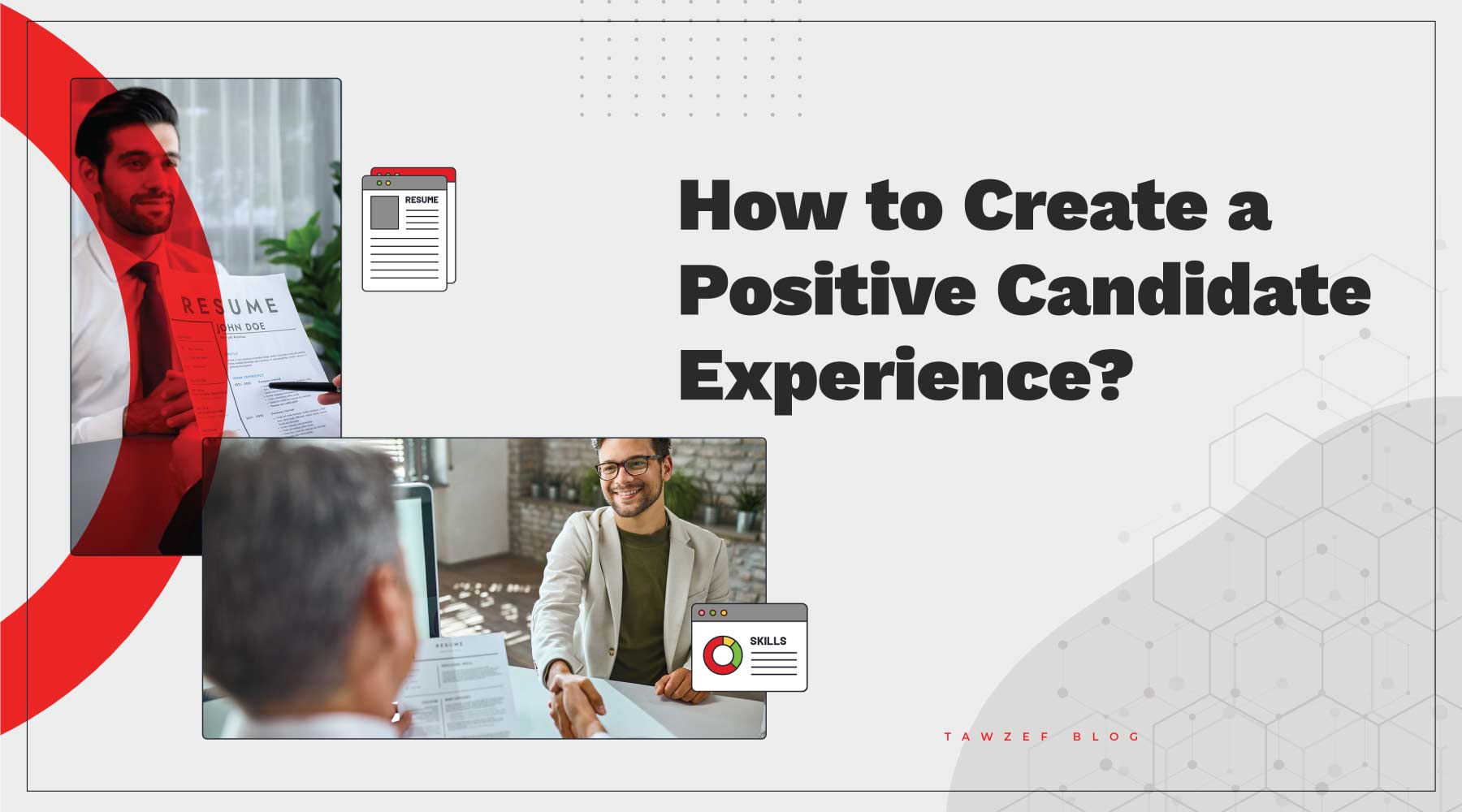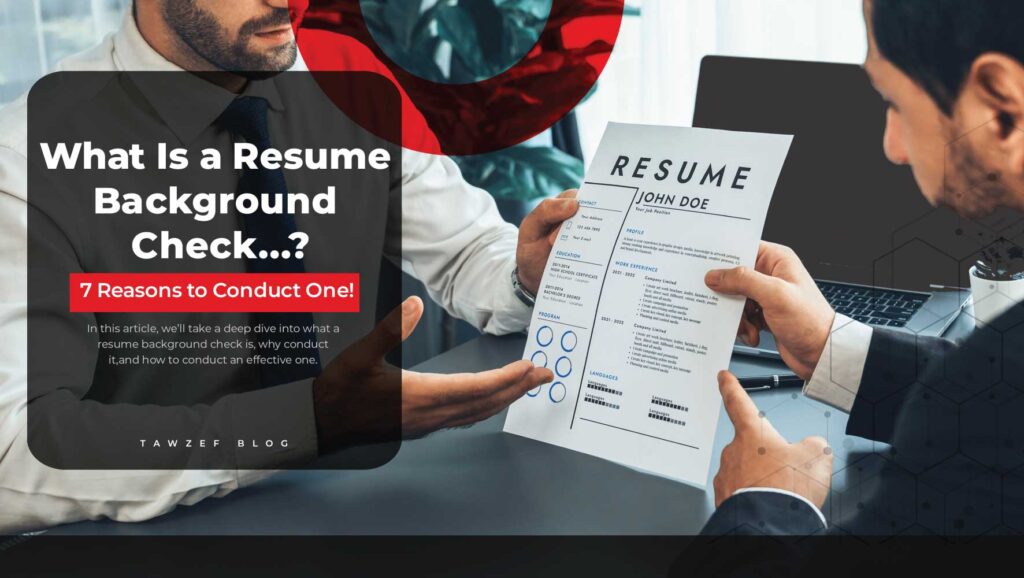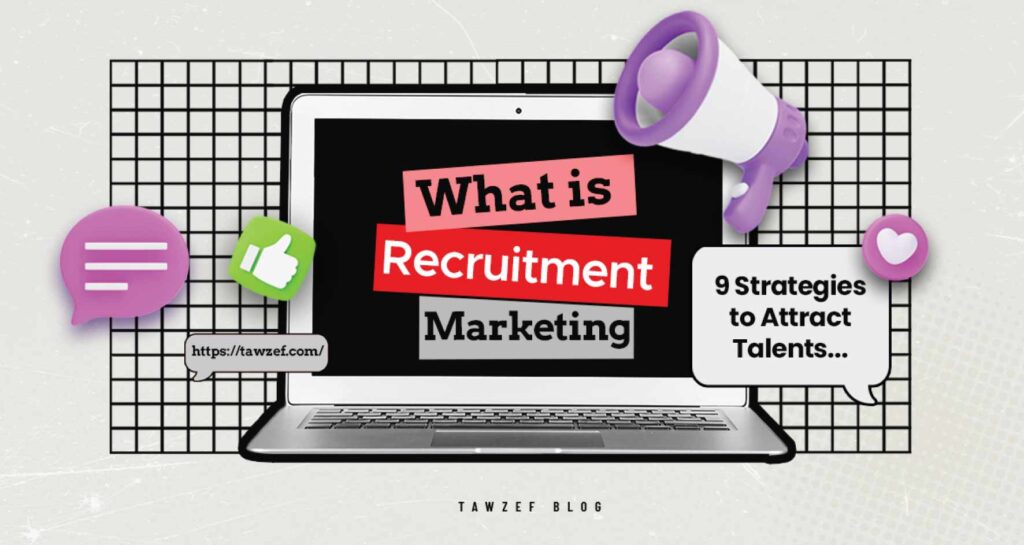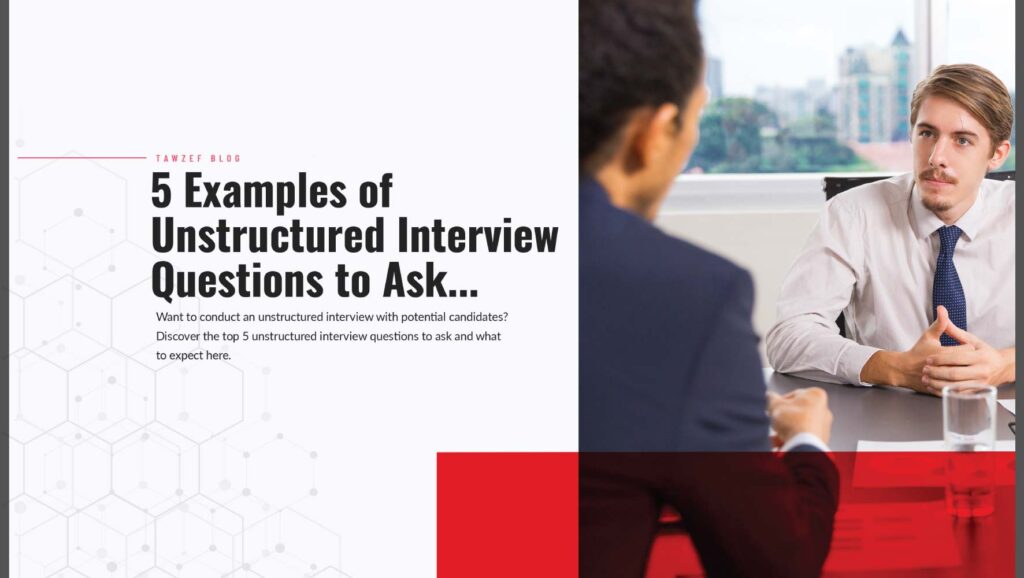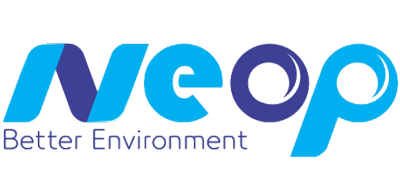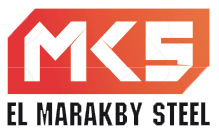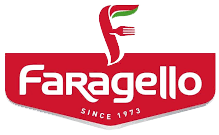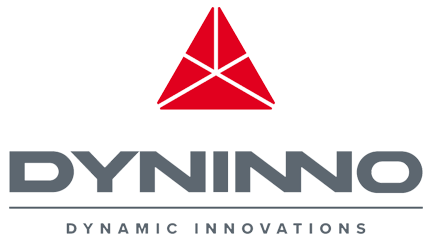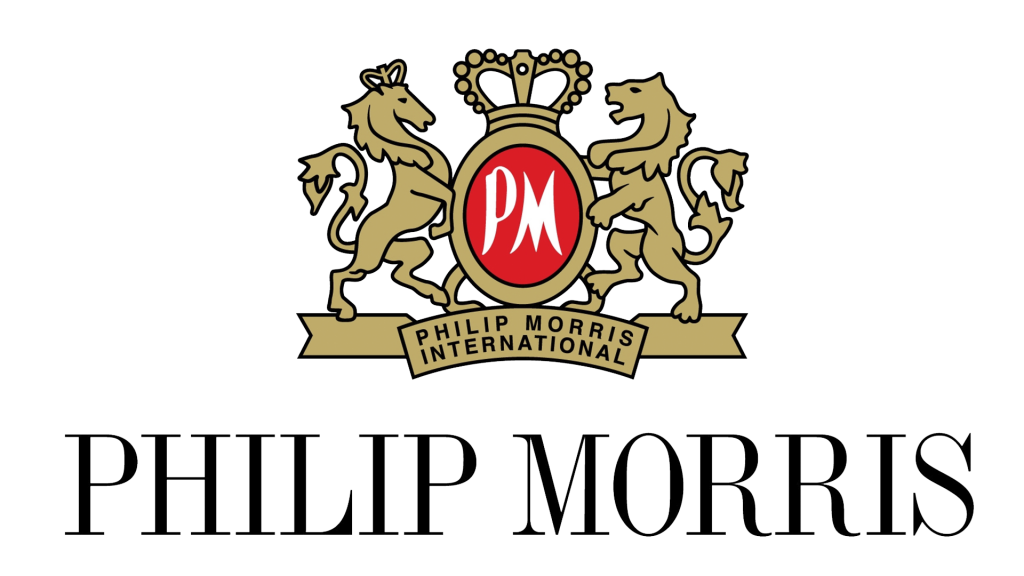Candidate experience refers to how a job seeker perceives a company’s brand throughout the hiring process. From the job description to the interview process to follow-up communications, including getting a rejection or signing a contract.
Each step provides an opportunity to build stronger candidate relationships and show job seekers why they should want to work at your company.
A positive candidate experience can help you convert your top-choice candidates into employees. It can also encourage candidates who were unsuccessful in the recruitment process to apply in the future.
Meanwhile, a poor candidate experience can cause them to drop out of the hiring process altogether.
In this article, we’ll be looking at what makes a positive candidate experience. We’ll also take a deep dive into the best candidate experience examples from companies around the world.
How to create a positive candidate experience?
To create a positive candidate experience, you need to understand what makes a good candidate experience to begin with.
The following are best practices to ensure a positive and memorable candidate experience for all candidates, whether you hire them or not.
1) Write clear job descriptions
To create effective job descriptions, focus on key responsibilities, the role’s excitement, and a typical day. Include salary range, benefits, qualifications, experience, and work setup.
Show what success looks like and how it contributes to the company. Avoid jargon and overused words like “ninja” and “dragon”. Keep it clear and concise.
2) Make sure applying is easy
Simplify the application process to avoid losing great candidates. Let applicants choose between uploading a resume or answering questions.
If you use a tool like Workable to get job applications, help candidates apply by enabling the ‘save progress’ option so candidates can resume later.
3) Personalize communications
Personalizing emails with names, position titles and referral names can enhance candidate engagement.
Use templates to stay organized and plug in relevant information, such as the current stage of recruitment. Automate follow-up emails for increased response rates and to stay connected with applicants.
Set a time frame for the initial response after sending the “We’ve received your application” email.
Ensure accessibility for all applicants. Websites should include alternate text, closed caption videos, and content in different formats. Assistive technologies can help those with disabilities apply easily.
4) Use the right technology
Improve your recruitment process with HR tech solutions and tools. Use an applicant tracking system to manage resumes and candidates. Consider using video interviews to streamline your hiring journey and reduce time to hire, an important recruiting KPI.
5) Provide and ask for feedback
Giving feedback after interviews is important for a positive candidate experience. However, research shows only 41% of candidates report receiving feedback, despite 94% of them wanting it.
Feedback shows you value a candidate’s time and effort in applying for a vacancy at your company. It can also help candidates understand why they’re not the right fit and prompt them to apply again in the future.
Employers should be open to receiving feedback too. You can do that by sending out a candidate satisfaction survey.
6) Close the loop with candidates
It’s crucial to inform candidates about the status of their job application. Not hearing back can lead to negative experiences and reviews.
Let them know whether they’ve been successful or not or if they’ve moved to the next stage of the hiring process.
While it may be disheartening to get a rejection email, it helps candidates to not keep their hopes up and move on.
7) Deliver a good interview experience
Provide candidates with detailed information about the interview, including the time, location (online or offline), dress code, and who will be present.
Give them directions to your office and explain the interview process.
During the interview, give candidates your full attention, take notes, and allow them to ask questions.
Finally, thank them for their time, explain the next steps, and when you’ll be in touch with a decision.
8) Bridge the gap between acceptance and onboarding
The candidate experience extends to when you send a candidate a job offer and after they accept it. In other words, your candidate experience involves making new hires feel like a part of the company.
Build a connection as soon as they accept the job offer.
Send them a checklist with relevant information to keep them engaged and excited. Consider sending them company merchandise.
Use orientation and onboarding to ease the joining process and to help get to know their team.
9) Create a welcoming onboarding experience
One candidate experience best practice is to provide a great onboarding experience for new employees. Sadly, a Gallup poll reveals that just 12% of employees feel their organization does this well.
Negative onboarding can cause employees to feel alone or upset and increase employee turnover.
Best candidate experience examples
Now, it’s time to look at some successful, positive candidate experience examples. These are organizations that have successfully implemented one or more of the above strategies.
1) Digital Ocean
As mentioned, feedback is important for candidates. Digital Ocean is a company that offers one of the best candidate experience examples because it caters to that need.
This multi tech company is known for its transparency. Not only do they keep candidates informed throughout the hiring process, but also offer feedback calls.
In addition, their resource hub contains everything from dress code to interview tips, and they even provide lunch.
2) DocuSign
DocuSign is a company that automates signing agreements and simplifies hiring and onboarding processes. New hires can sign their job offers using the DocuSign eSignature.
The company also asks for feedback from candidates using a candidate experience survey.
3) HubSpot
Leading marketing, sales, and CRM software HubSpot is also one of the best examples of a positive candidate experience. The company keeps candidates informed throughout the hiring process, communicating clear timelines and expectations with all of its applicants.
The company has a “candidate concierge” as a dedicated point of contact. This personalized approach leaves a positive impression on candidates.
Final words
Creating a positive candidate experience for your company begins from within your HR team and extends to the rest of your company.
It should begin in your HR strategy so it can become part of your company culture. Offering feedback, making candidates feel welcomed and their time valued can go a long way in increasing employee retention, a common HR challenge.
It will also contribute to improving your employer branding, on the long-term, prompting people to keep an eye on vacancies that may arise in your company.






